Give the product of the following reactions:
a. 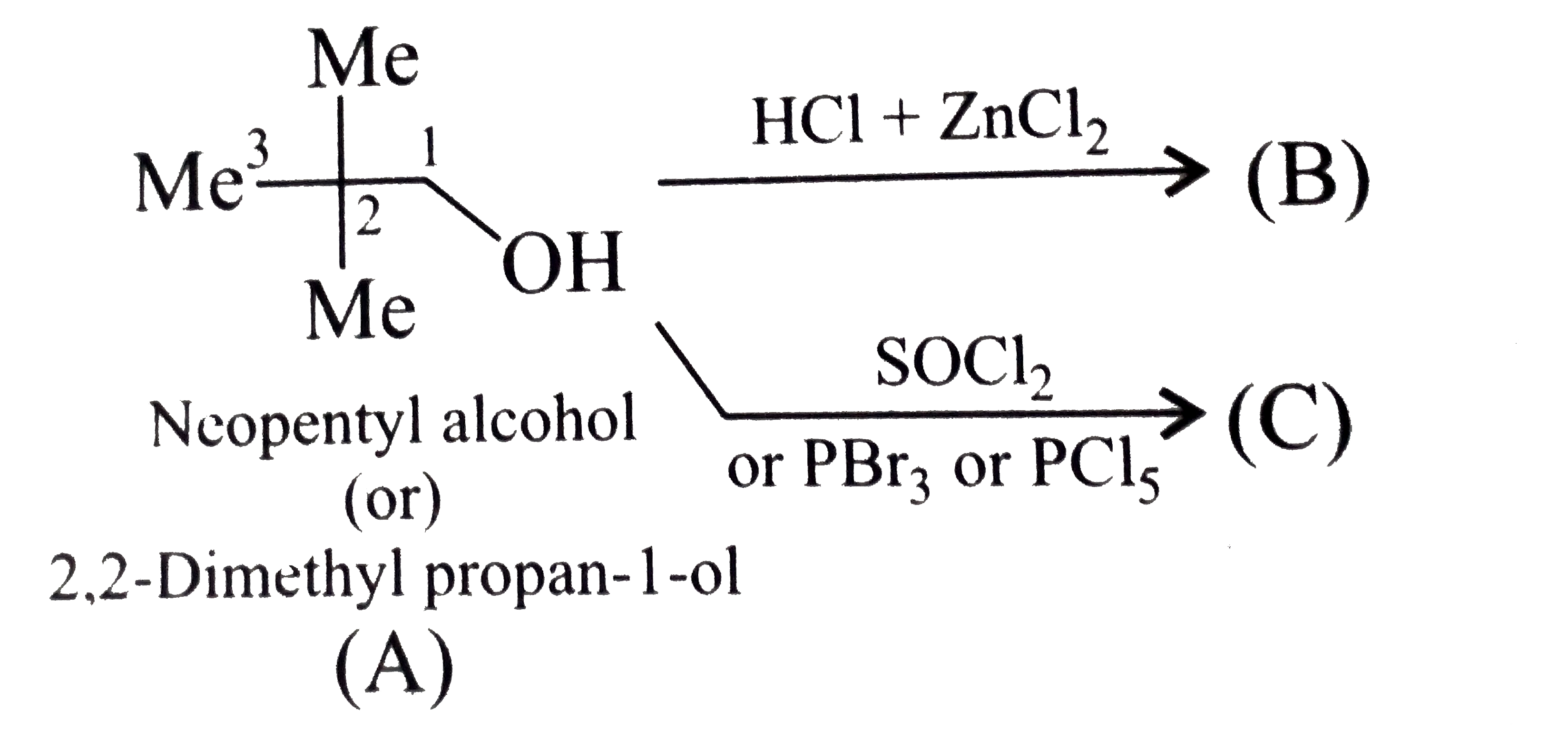
Video Solution
Text Solution
a. 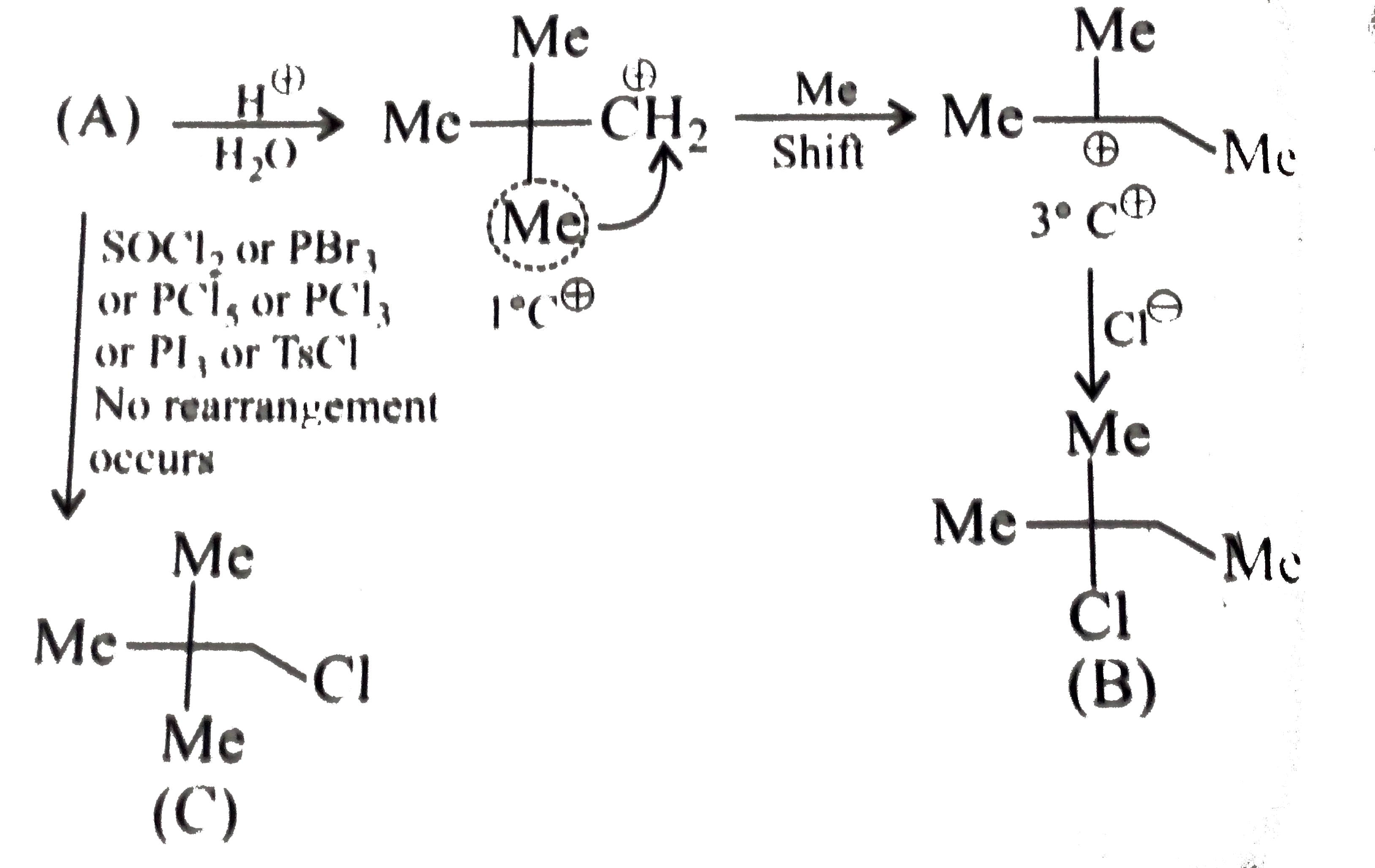
b. i. 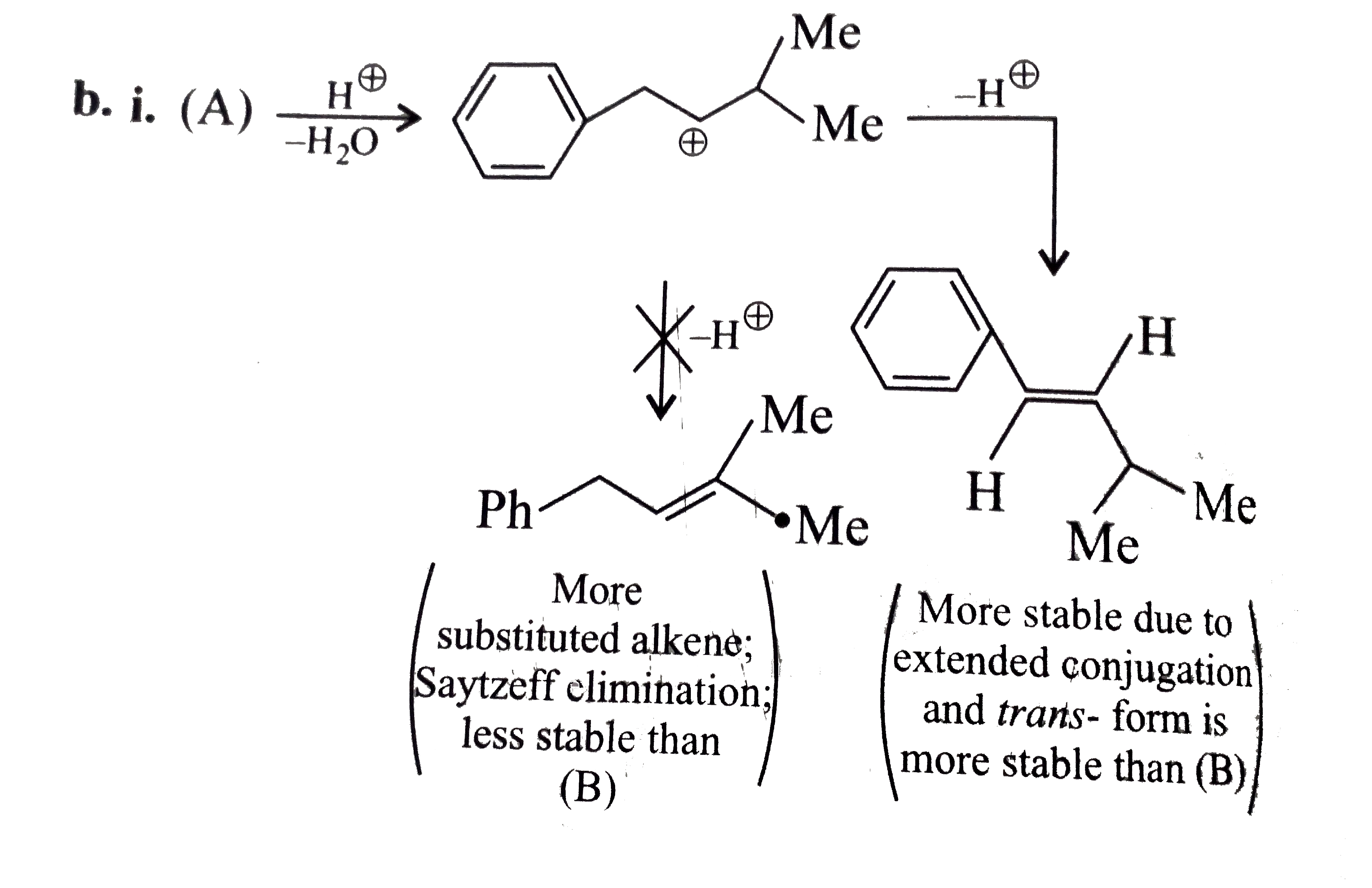
ii. The nucleophile Br− reacts at either of the two ¯e deficient sites.
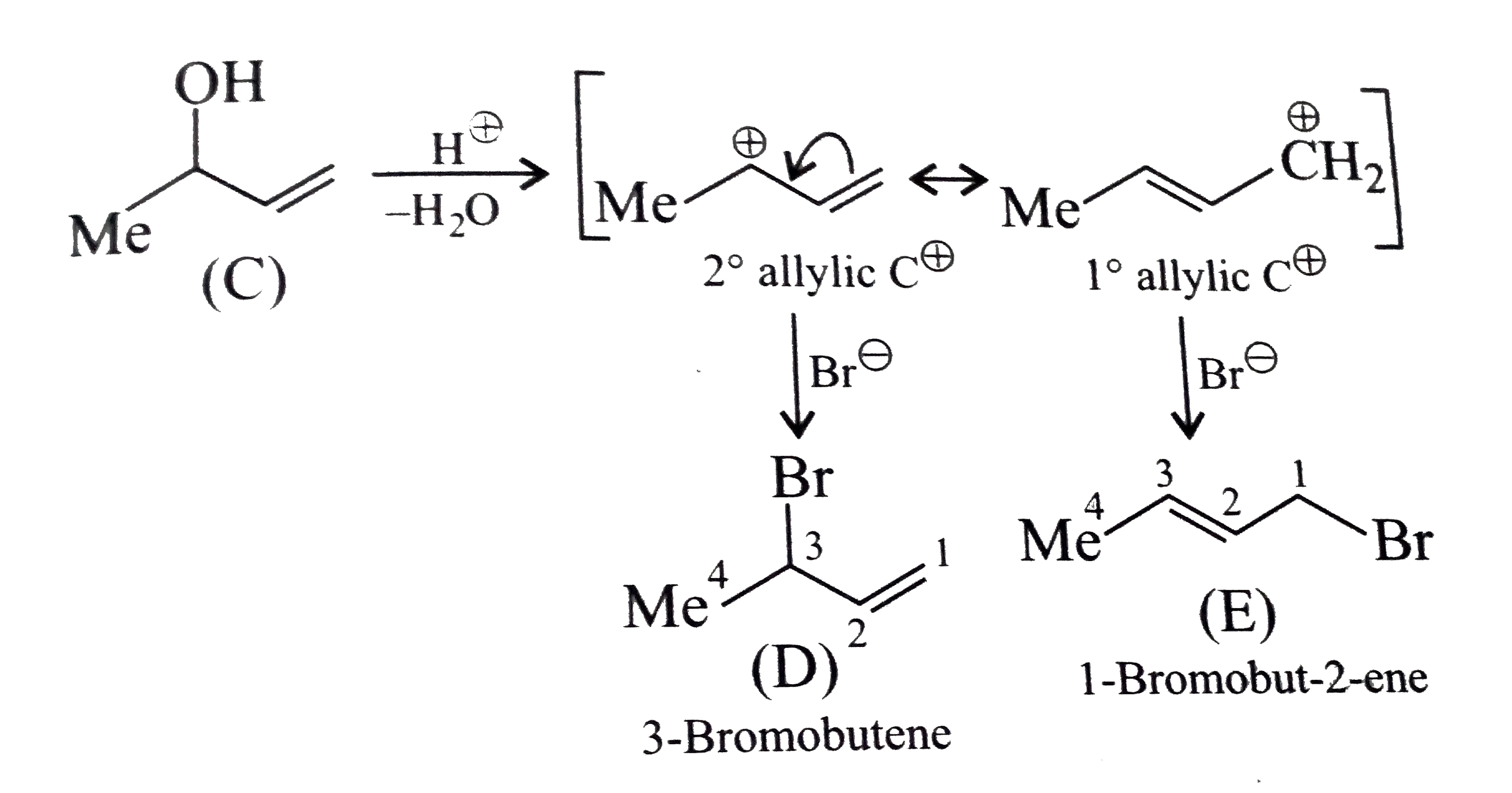
iii. The double bond shifts to give an allylic conjugated diene from which the isomers are formed.
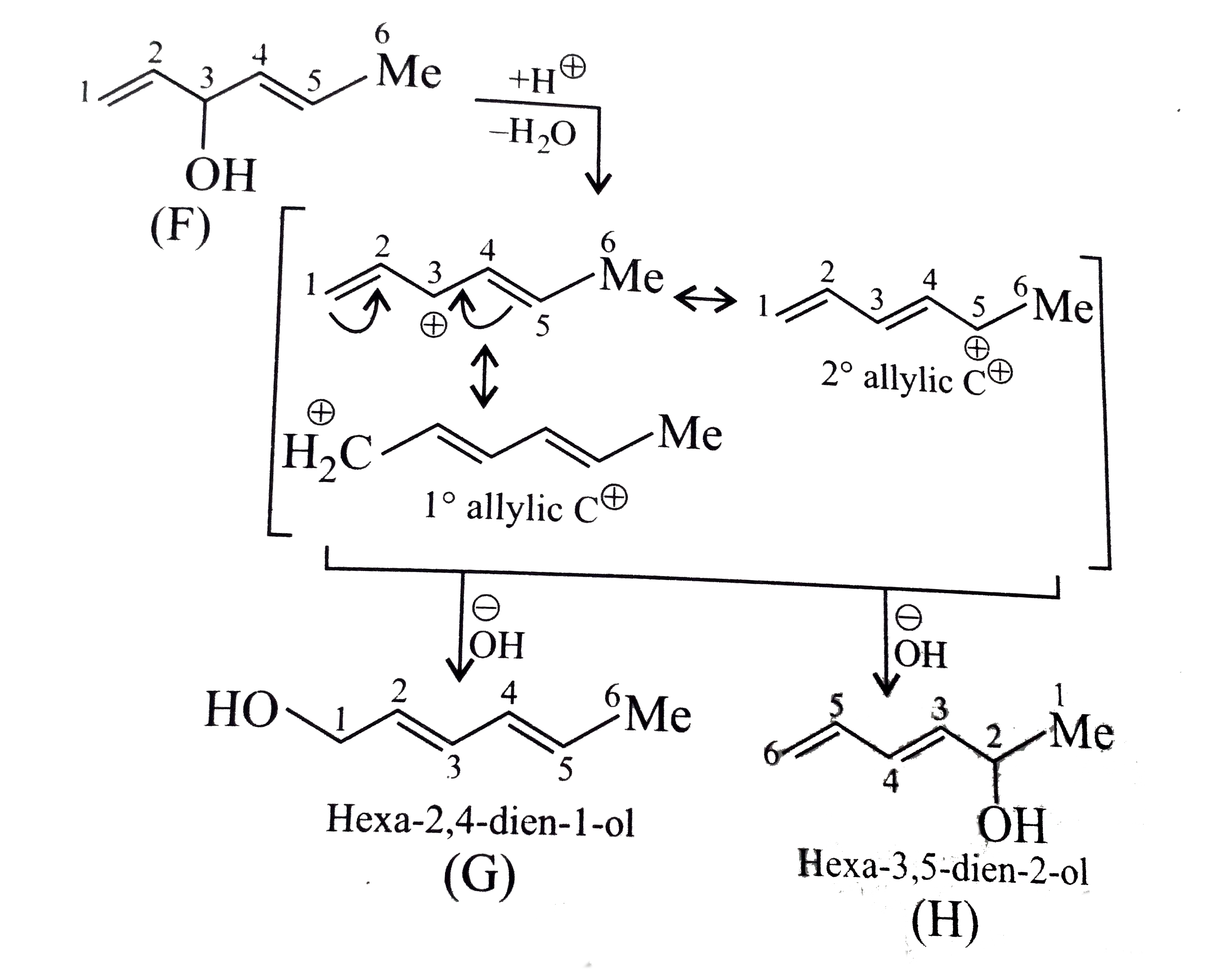
iv. 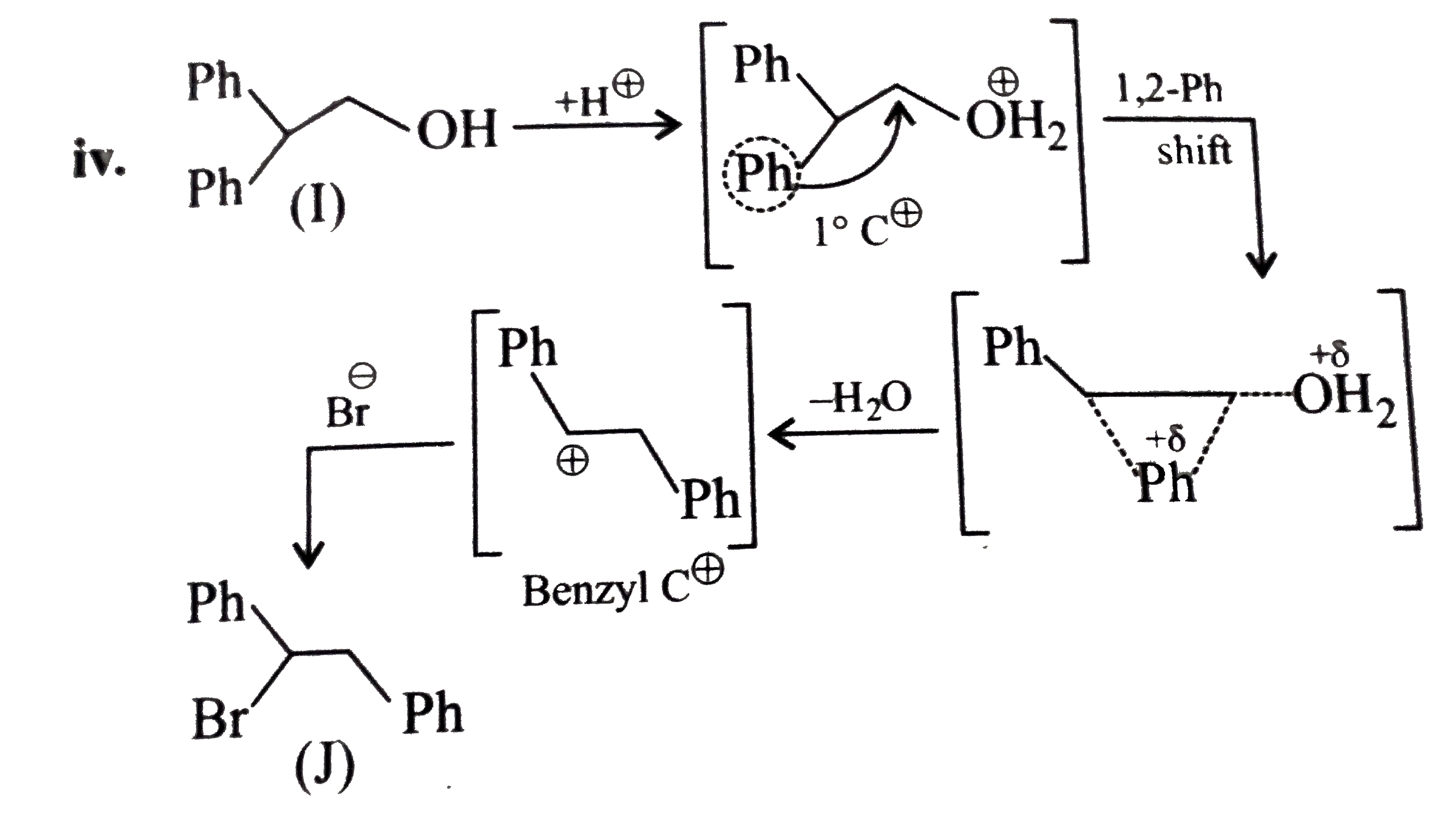
The synchronous migration of Ph provides greater assistance in the removal of H2O from the protonated alcohol than does an (Me) group.
|
Topper's Solved these Questions
- ALCOHOL,PHENOL AND ETHERSBOOK - CENGAGE CHEMISTRY ENGLISHCHAPTER - ALCOHOL,PHENOL AND ETHERSEXERCISE - Exercises Subjective
25 Videos
- ALCOHOL,PHENOL AND ETHERSBOOK - CENGAGE CHEMISTRY ENGLISHCHAPTER - ALCOHOL,PHENOL AND ETHERSEXERCISE - Exercises Concept Application
33 Videos
- ALCOHOL,PHENOL AND ETHERSBOOK - CENGAGE CHEMISTRY ENGLISHCHAPTER - ALCOHOL,PHENOL AND ETHERSEXERCISE - Archives Analytical And Descriptive
15 Videos
- ALIPHATIC AND AROMATIC ALDEHYDES AND KETONESBOOK - CENGAGE CHEMISTRY ENGLISHCHAPTER - ALIPHATIC AND AROMATIC ALDEHYDES AND KETONESEXERCISE - Archives Subjective
26 Videos
Similar Questions
Knowledge Check
Give the product of the following reaction sequence :
 A
A B
B C
C D
D
Give product of the following reactions.

View SolutionGive product of the following reactions :-
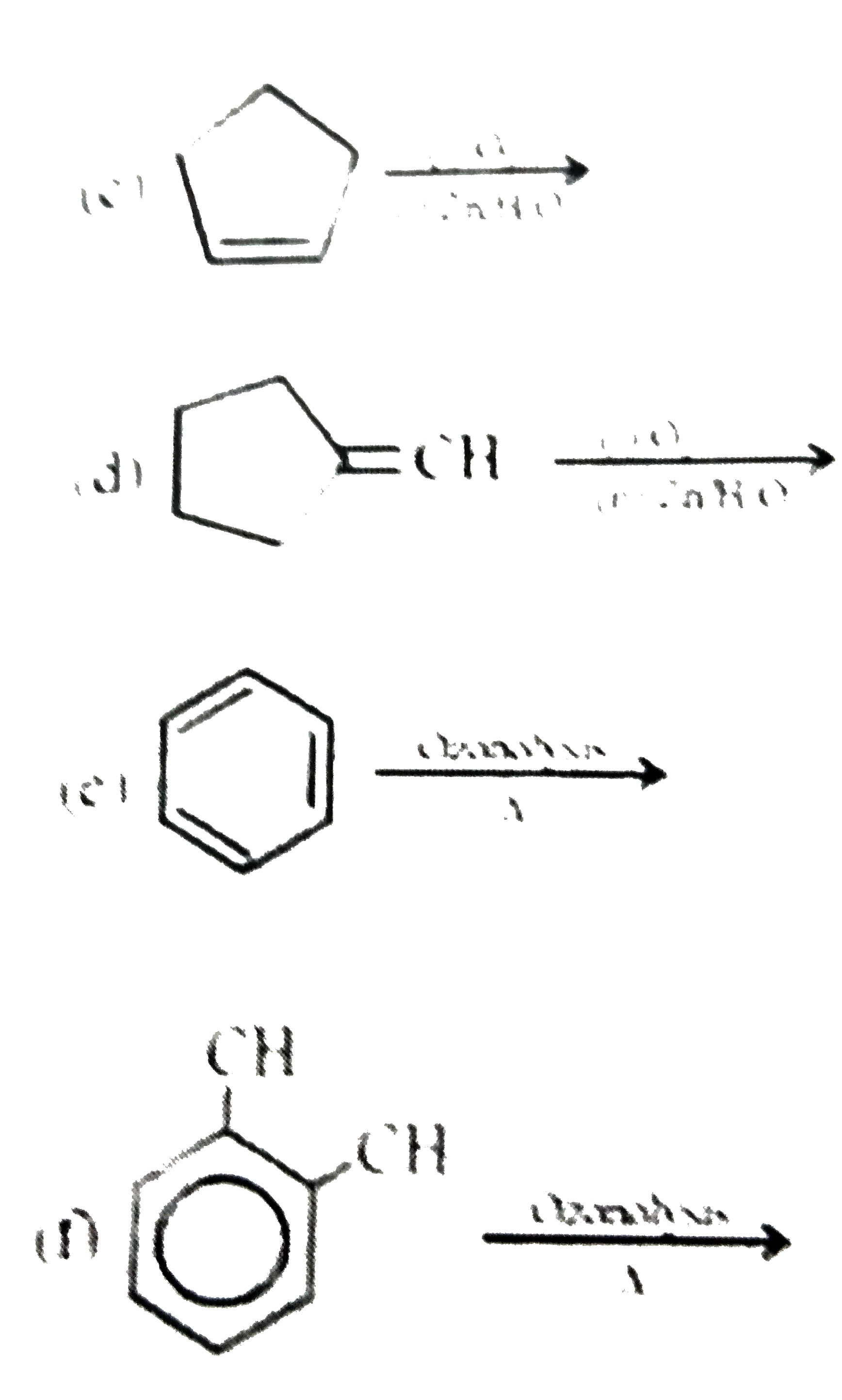
View SolutionThe product of the following reaction is …

View SolutionWrite the intermediate step and give the product of the following reaction.
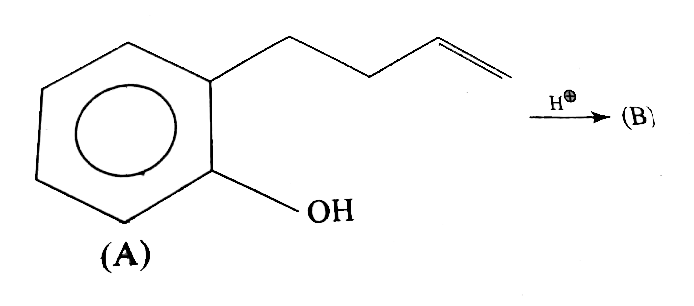
View SolutionGive the major product of the following reaction

View Solution(a) Give the products of the following reactions :
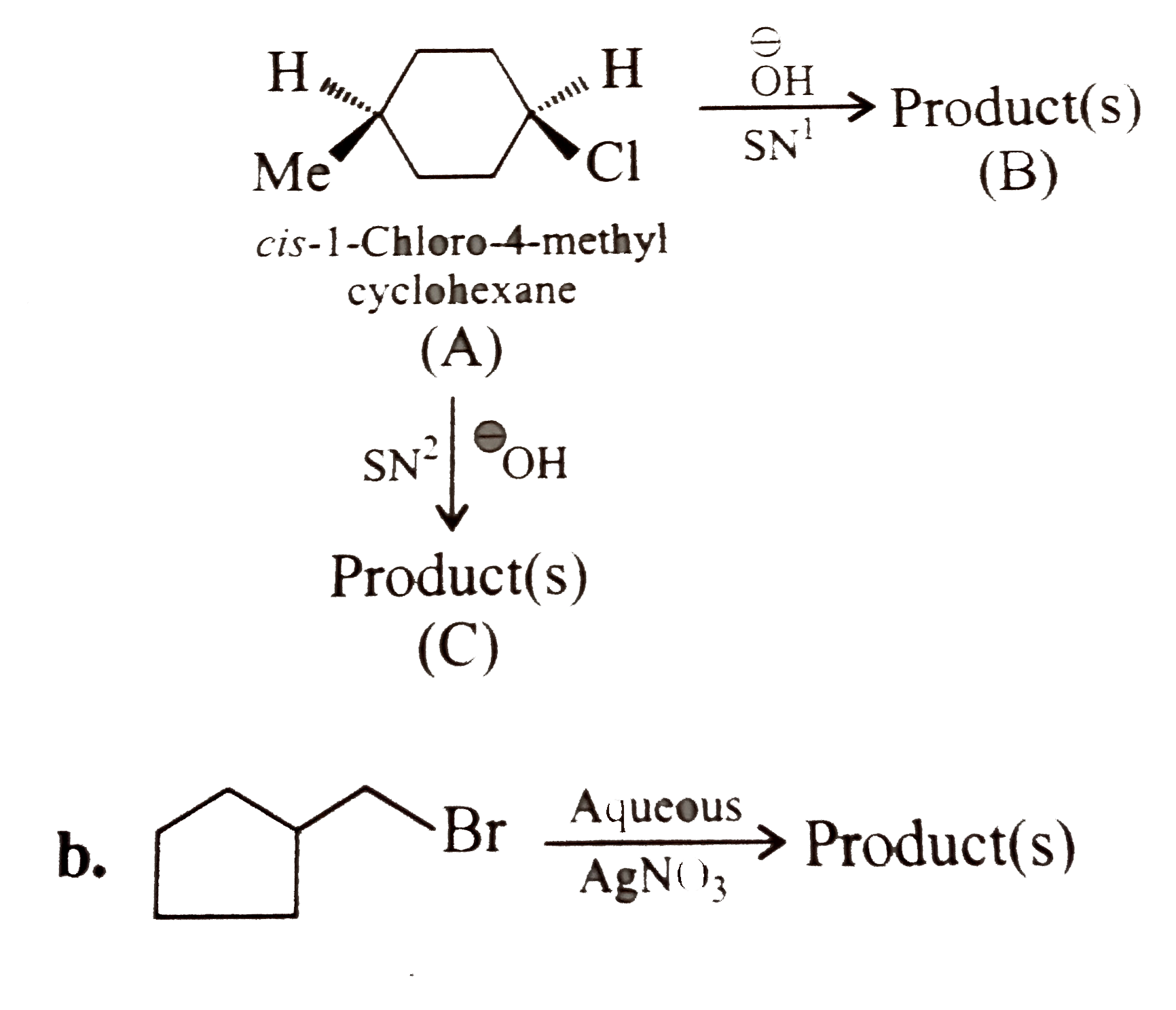
(c) The reaction of C2H5OH with NaBr in the presence of H2SO4 is slow, but when trimethy1 sily1 chloride (Me3SiC1) is added to it, reaction proceeds very fast. Why ?
View SolutionThe product of following reaction
_2019_CBT4_E01_006_Q01.png)
View Solution

_2019_CBT3_E01_001_Q01.png)